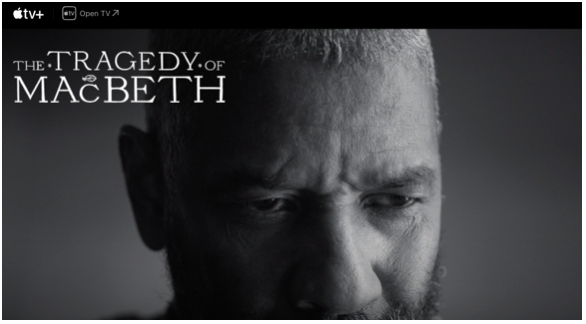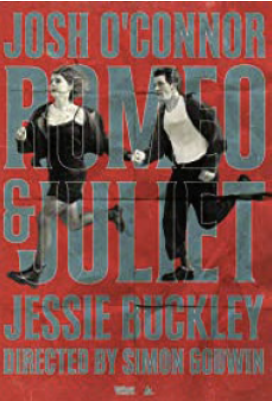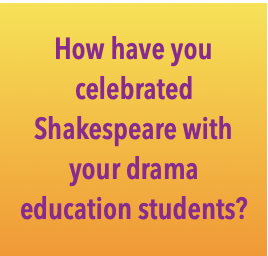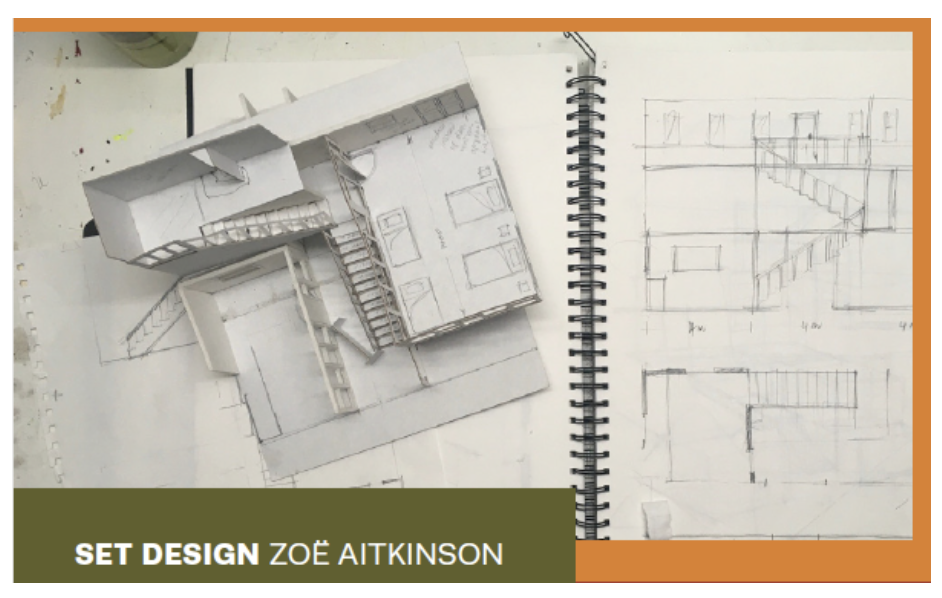TEACHING DRAMA
Why teach theatre? How can we afford not to teach theatre? Dramatic arts are among the most effective tools we have to teach our children to live, love and behave like decent human beings .. . We have an incredible opportunity to un-teach the numbing and de-humanizing lessons of popular culture.
(D. Berkson, fall 2001, Teaching Theatre, vol. 13, number 1)
Do I need to say more? These few words could be my plea in favour of teaching art, any art, in schools, community centres, refuges, mental institutions, nursing homes, jails, etc. Art has no borders, no age or social status. Art learning-teaching is multidimensional: physical, sensorial, social, cognitive, moral, emotional, creative and aesthetic. Some forms are more individual-focused than others; visual art can be a more solitary practice than theatre (in general). Bμt all, at some point in time, deal with an audience. Therefore, art touches people at two levels: 'making art' and 'sharing art'. Again, I am digressing from drama to art in general; it always will be, because art is a way of life. It is a 'discipline', more than a subject. Once it is inscribed in the cells of your body, your being and your expression are artistic. Naturally, you might have a gift or a talent in one particular area; but it is the way you look at the world and deal with it that is different: humane, respectful and visionary.
First question: why teach drama? In my eyes, dramatic art is the closest to daily life. At first sight, it is an art form that does not require too many skills (at least, it appears like this). A musician, or a dancer, needs a regular and long training; actors always seem more 'dilettante'. It is a medium close to our mundane reality; it uses 'natural' body moves and gestures, words, emotions and situations, one performs every day or nearly. It does not frighten people, as dance could. As drama uses spoken words, people find in their memories and life an endless source of inspiration, which they can communicate easily. Once the first step towards theatre is made, it does not take long to realise that there is more to it than merely copying reality. Taught at its best, participants understand that through the magnifier of theatre, they create a 'new' reality, powerful, magic and empowering. Some incredulous pessimists would argue the ethics and the worth of theatre; but no one can deny the healing aspect of theatre, since the beginnings of time. In fact, it was the very function of theatre, because it is the expression of the deepest aspirations of humankind. And even in the most tortured or dark plays, somewhere it addresses the sublime side of humanity. It is a reverse illustration of the paradox: '1he brighter the light, the darker the shadow''.
Therefore, in the light of all what was said before, teaching drama is taking people on a journey of discovery about themselves and about others; or rather, revealing the others dwelling in oneself. It is accessing a world of meanings, symbols and beauty. Beyond the context (the content of the play), teaching drama is exposing the students to new situations, new lives. It is opening the doors of a deeper and more meaningful reality. Teaching drama is constructing and deconstructing many different worlds, to educate, heal and empower its participants, actors and spectators. Theatre is a powerful medium, which brings change in oneself and a community, by widening one's worldviews. It is a social and political tool. Teaching drama can be a revolutionary act. One day, I scribbled on a piece of paper, a quote read somewhere: The Art of a period is the revolution of the collective soul of its time; when in fact, it should have read: The Art of a period is the revelation of the collective soul of its time. Certainly, the last quote makes more sense; but I did like the first one! For all these reasons, I agree with David Berkson, we cannot afford not to teach ,theatre.


































